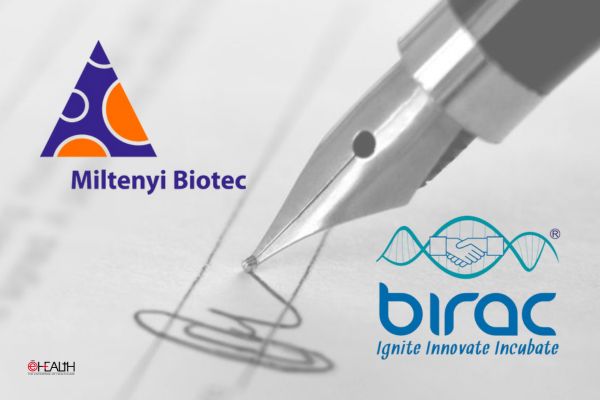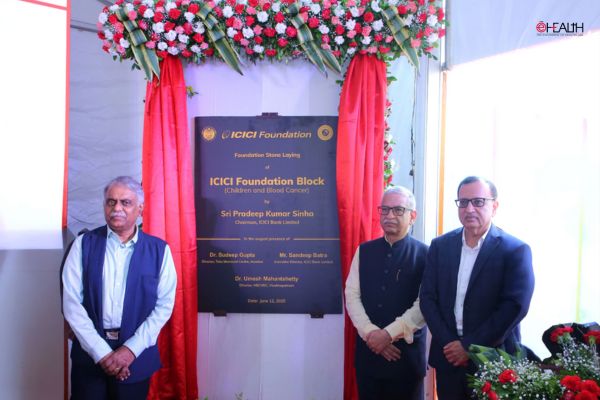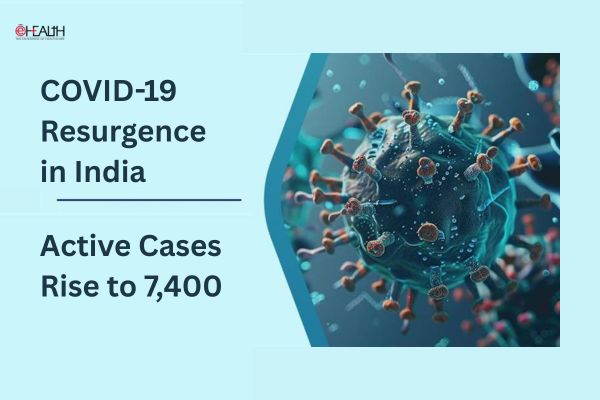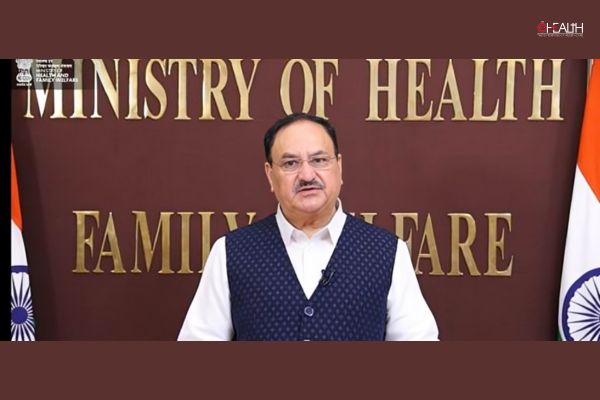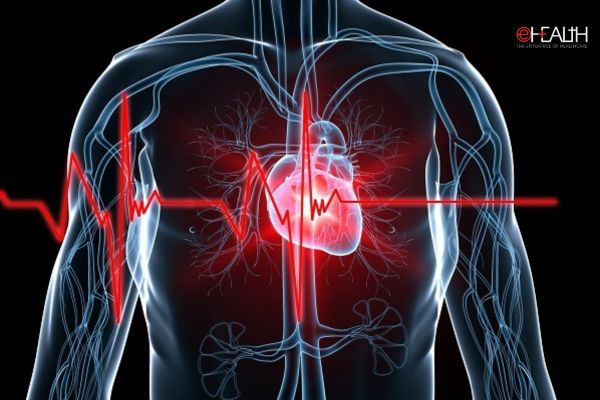
In a major leap forward for cardiovascular diagnostics, two groundbreaking innovations from Europe and the United States are set to redefine how heart disease and heart attacks are detected, with significant implications for India’s healthcare industry.
The InSiDe Project, an EU-funded initiative led by imec and Ghent University, is spearheading a novel approach to early cardiovascular disease (CVD) diagnosis through laser Doppler vibrometry. Meanwhile, engineers at the University of Mississippi have developed a wearable device capable of real-time heart attack detection with unmatched speed and accuracy.

Together, these innovations signal a transformative shift in global cardiac diagnostics, with India poised to benefit immensely, particularly in early detection, cost-efficiency, and improved patient outcomes.

The InSiDe Project: Bringing Silicon Photonics to Cardiac Diagnostics

At the heart of the InSiDe project is a handheld diagnostic device that employs multi-beam laser Doppler vibrometry, miniaturised using silicon photonics. This innovative technology enables real-time, non-invasive detection of arterial stiffness, a key precursor to serious cardiovascular issues.

With CVDs responsible for nearly 18 million deaths globally each year, accounting for 31% of all deaths, the urgency for such innovation is clear. Traditional diagnostic tools are often costly, cumbersome, and invasive — barriers are especially pronounced in India’s tier-2 and tier-3 cities.
“The prototype promises to provide doctors with fast and reliable results, eliminating the need for expensive or invasive techniques,” the project team noted. Clinical feasibility studies in France and the Netherlands found that the device could detect valuable signals in under ten minutes, without the patient even noticing.
Thanks to substantial EU funding and collaboration with institutions like Medtronic’s Bakken Research Center, the InSiDe project is now advancing toward industrialisation, potentially bringing affordable, portable diagnostics into outpatient clinics and remote care settings worldwide.
Real-Time Heart Attack Detection: The University of Mississippi Breakthrough
While early CVD detection is crucial, real-time heart attack diagnosis remains a life-or-death challenge. Every 40 seconds, someone in the United States dies from a heart attack, according to the CDC. In India, the post-pandemic rise in heart attacks, particularly among the youth, is alarming.
Enter the wearable heart attack detector, designed by Dr. Kasem Khalil and his team at the University of Mississippi. Using artificial intelligence and advanced mathematical algorithms, the team developed a lightweight chip that can be embedded in wearable devices to analyse ECGs in real time, with 92.4% accuracy.
“For this issue, a few minutes or even a few extra seconds is going to give this person the care they need before it becomes worse. Compared to traditional methods, our technology is up to two times faster, while still highly accurate,” said Dr. Khalil.
The wearable device is also economical and energy-efficient, making it highly feasible for broad-scale deployment.
“We wanted to be able to implement this in a way that is real. This is portable hardware that can be in wearable or monitoring devices. This method will save lives because we can monitor the heart in real time,” added Tamador Mohaidat, doctoral student and co-author of the study.
Implications for India’s Healthcare Industry
These two innovations — a laser-based non-invasive diagnostic tool and a wearable real-time heart attack detector — align perfectly with India’s pressing need for accessible, affordable, and early-stage cardiac diagnostics.
India’s growing burden of non-communicable diseases, combined with infrastructural gaps in rural and semi-urban areas, makes it an ideal market for these technologies. Devices that deliver fast, accurate, and non-invasive diagnostics can help bridge gaps in early detection, streamline emergency response, and reduce pressure on tertiary healthcare centres.
Moreover, these innovations resonate with the Digital Health Mission and Ayushman Bharat initiatives, which aim to democratise healthcare access. Public-private collaborations, med-tech startups, and hospital chains in India could potentially integrate such technologies to offer enhanced services in telemedicine, wearable monitoring, and preventive health check-ups.
In terms of business opportunity, the B2B med-tech ecosystem in India — particularly in diagnostic devices, digital health platforms, and hospital tech integration — stands to gain significantly by adopting and localising such advanced technologies.
The Road Ahead
Both the InSiDe project and the Mississippi team’s wearable innovation underscore a new paradigm in cardiac care: precision diagnostics that are fast, portable, and non-invasive.
“When a patient is having a heart attack, the sooner you can treat them, the less likely they are to have permanent damage,” Dr. Khalil emphasised. “There’s a huge time-sensitive element to heart attacks.”
Also Read: AI + Genomics = The Cure? New Discovery Set to Transform Indian Healthcare
With industrialisation underway in Europe and patent applications filed in the U.S., these devices could be commercially available within a few years, and India must be ready to lead in adoption, localisation, and scaling.
For India’s healthcare players — from device manufacturers and hospital networks to telemedicine startups and diagnostics chains — the message is clear: the future of cardiovascular care is mobile, intelligent, and immediate. It’s time to embrace the next frontier.
Be a part of Elets Collaborative Initiatives. Join Us for Upcoming Events and explore business opportunities. Like us on Facebook , connect with us on LinkedIn and follow us on Twitter , Instagram.
"Exciting news! Elets technomedia is now on WhatsApp Channels Subscribe today by clicking the link and stay updated with the latest insights!" Click here!







